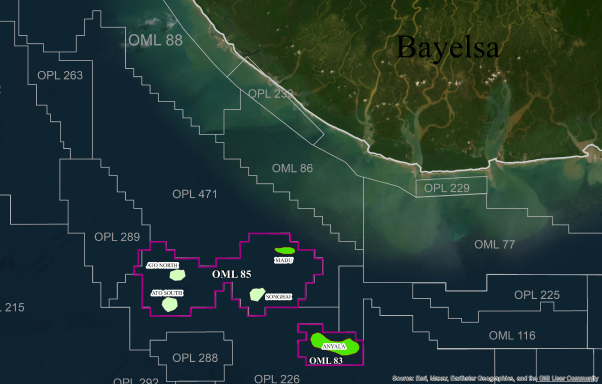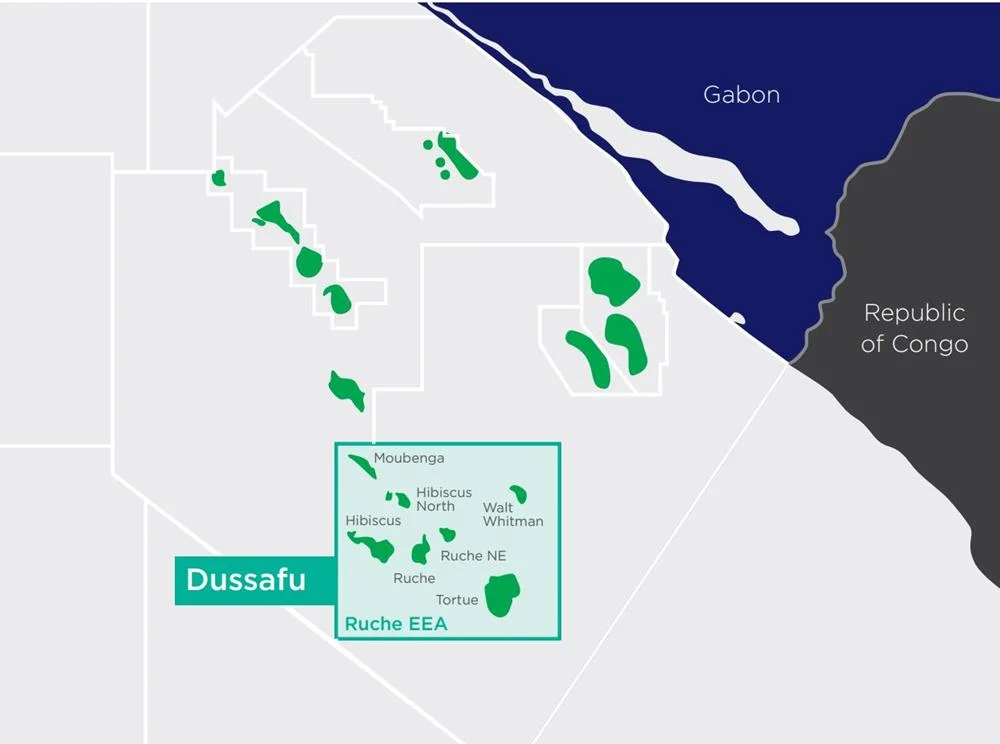When booms turns to dust: Local Content Policy
By Berryl Claire Asiago
The impetus at which the extractive industries grow is significant and many countries are now in the process of developing their oil and gas industries, over time this industry has developed trends that include a number of standard laws and agreements that are not conversant across the industry and less to the outside world.
As a result of these trends many of these governments are creating systems by experimenting with laws that would see them benefit from the exhaustible resources known as local content policies, they are said to be the added value added brought to a host nation through activities in the oil and a gas industry .
The vogue at which these laws are enacted has grown exponentially, these laws are not unprecedented as they were rigourously implemented in the North Sea in the early 70s but were retracted during the globalization and free trade era in the 90s courtesy of Bretton woods.
These laws today have immense potential to transform a country’s’ economy through establishing infant sectors as historically argued thereby creating jobs which could alienate poverty, and substitute the importation of goods and services with in-country manufacturing thereby contributing to a value added approach through links with other sectors which in turn can allow a country to avoid the so-called ‘resource curse’ and transition to advanced capitalist development.[1]
Remarkably depending on the nature of these laws there is a potential to either increase costs, reduce government revenue or most likely fetter the creation and promotion of investments within an economy .
According to the world bank report[2] the application of these laws in petroleum rich countries has achieved mixed results begs the concern to either revamp them or to do away with them completely. Noting the fact that the oil and gas industry is not just capital intensive but is characterized by complex technology that may preclude local participation especially in developing countries without industrial base.
Unfortunately the use of specialized inputs and the technological complexity which creates a fast growing petroleum sector coupled with too ambiguous local content targets may exacerbate supply bottle necks, that would eventually affect employment and output trends in other sectors of the economy this would create distortions, binding local content targets in many ways are likely to also attract oil companies and contractors with less efficient international supply chain than the most efficient ones since the former have the lowest switching cost,[3] besides majority of the LCP have primarily focused on upstream sectors and in some cases even promote corruption more so than it would be suited to the downstream sector in the opinion of various experts in the industry.
Arguably given the increasing demand on international disputes surrounding the local content policies by the developing exporting countries and of course by the developed importing countries the issue has become the latest arena in which some of the key contending objectives have been raised .
Quite frankly the recent vogue from various international courts including (WTO,NAFTA,EU court of Justice) have declared that local content laws on prima facie violates the sanctity and erodes the basis of which foreign investment treaties were established thereby rendering them obsolete in the face of international legislation begs the question what is the position of LCPs as a source of legislation.
“Natural resources is hardly a curse as such, however it calls for demanding and intricate policy enviroment where wind fall revenue easily triggers a spending spree that ends in tears. A common policy mistake in the oil and gas industry and especially during the oil boom is that where there is foreign exchange it is confused for a lasting resource.”
[4] Studies shows that natural resource provide ‘easy riches’ unlike many other sectors like tourism or agriculture as in case of Kenya. In most countries pressure to spend increases on kinds of good causes.
There is no doubt that few resource rich countries have performed better in terms of investments and economic growth than average. Malaysia and Indonesia are among the few successful natural resource rich countries and if most countries can review their need as these economies did and incorporate their pitfalls them maybe only can the success of these policies be achieved.
Berryl Claire Asiago
Doctoral Researcher University of Eastern Finland (UEF) Berryc@student.uef.fi Berryl.claire@lawyer.com
Is PhD candidate and doctoral researcher at the University of Eastern Finland (UEF), Centre of Climate Change, Environmental and Energy. Ms Asiago is an energy lawyer who specialises in the emerging oil and gas upstream sectors with emphasis on East & South Africa’s frontier.
In particular she is involved in relevant project research surrounding foreign investments treaties and local content policies within the energy sector among oil and gas companies. She is also involved in research bordering shale gas in the EU, regulatory and institutional framework conducted at UEF law school.
Prior to joining UEF, Ms Asiago worked several years in South Sudan, Kenya and United Kingdom. She holds an LLM(Dip) in International and European Energy law (Finland), An LLM masters in International Banking and Insurance law (UK) and an LLB (India).
[1] For an overview , See Paul Collier , The Bottom Billion, Why the poorest countries are failing and what can be done about it – The Natural Resource Trap-Dutch disease, chapter 3 Pages38-52
[2] Local Content Policies in the Oil and Gas Sector by SilvanaTordo, Michael Warner, OsmelManzano, YahyaAnouti
[3] Ibid
[4] Nordås, H, E Vatne and P. Heum. 2003 “The Upstream Petroleum Industry and Local Industrial Development: A Comparative Study.” SNF Report No. 08703, Institute for Research in Economics and Business Administration (SNF) Bergen, Norway












5 thoughts on “When booms turns to dust: Local Content Policy”